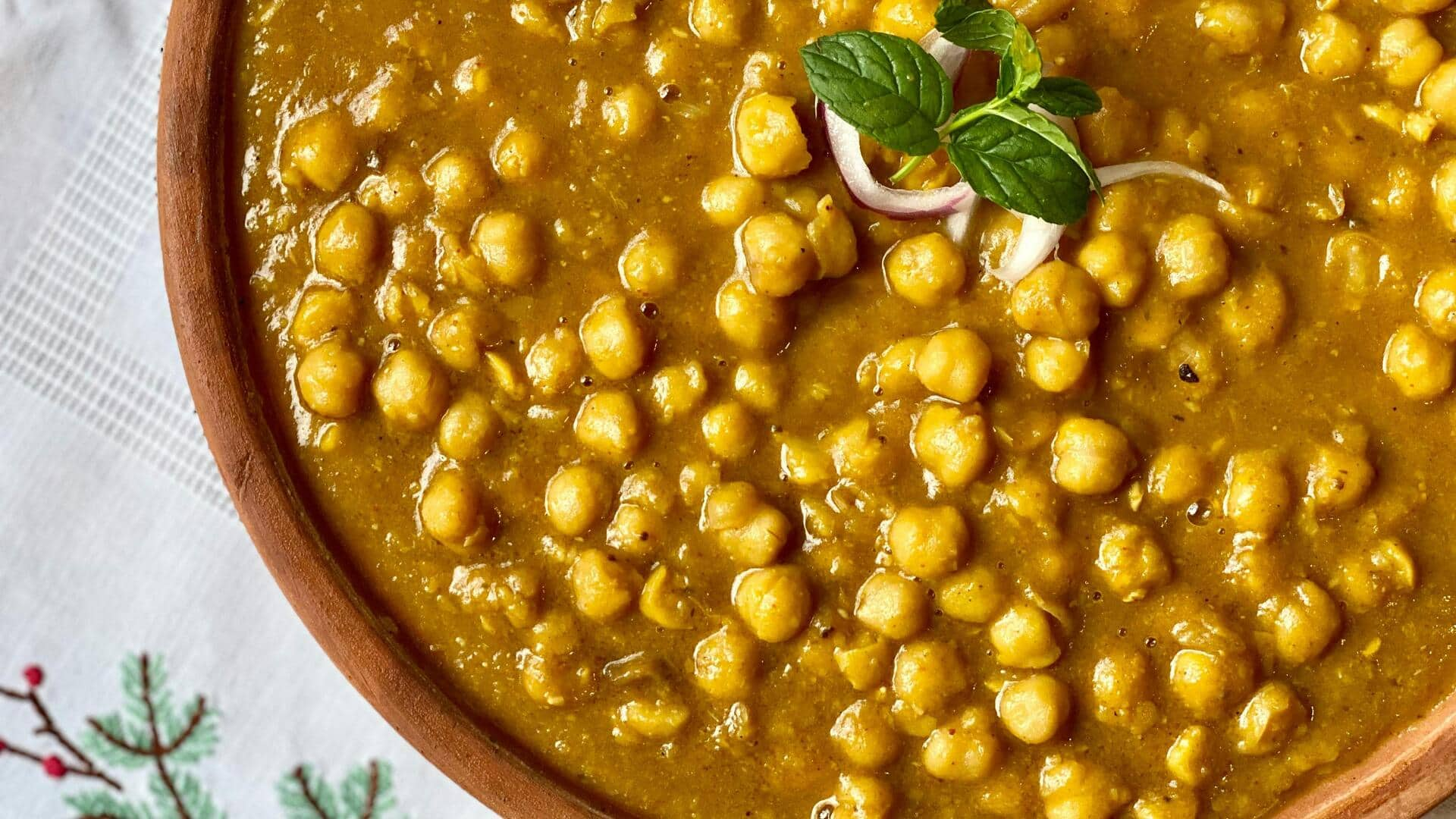
How chole became a worldwide culinary sensation
What's the story
Chole, a popular North Indian dish, has come a long way from its humble beginnings. Once a staple of street food, it has now made its way into the hearts and homes of people around the world. The spicy chickpea curry, which is usually paired with bhature or rice, has evolved into a global favorite. Here's how chole became a culinary sensation.
#1
Origins and early popularity
Chole traces its roots to Punjab, where it was traditionally prepared with local spices and ingredients. The dish was mainly consumed during festivals and special occasions. Its easy preparation and delicious taste made it a hit among the masses. As people traveled across India, they took this dish with them, making it popular in other regions too.
#2
Influence of street vendors
Street vendors played a key role in popularizing chole across India. They served it at affordable prices, making it accessible to all. The vendors added their own twist by adding different spices and garnishes, giving each plate an individual flavor. This street-style chole became synonymous with vibrant flavors and lively atmospheres.
#3
Adaptation in restaurants
As Indian cuisine gained popularity internationally, restaurants began offering chole on their menus. Chefs adapted the recipe to suit different palates by adjusting spice levels and presentation styles. This adaptation helped introduce chole to a wider audience who may have been unfamiliar with traditional Indian flavors.
#4
Global reach through fusion cuisine
In recent years, chole has also made its way into fusion cuisine across the globe. Chefs have experimented by pairing it with non-traditional accompaniments like quinoa or couscous, while retaining its essence through authentic spices like cumin or coriander powder. This innovation has further cemented chole's status as a versatile dish that transcends cultural boundaries.